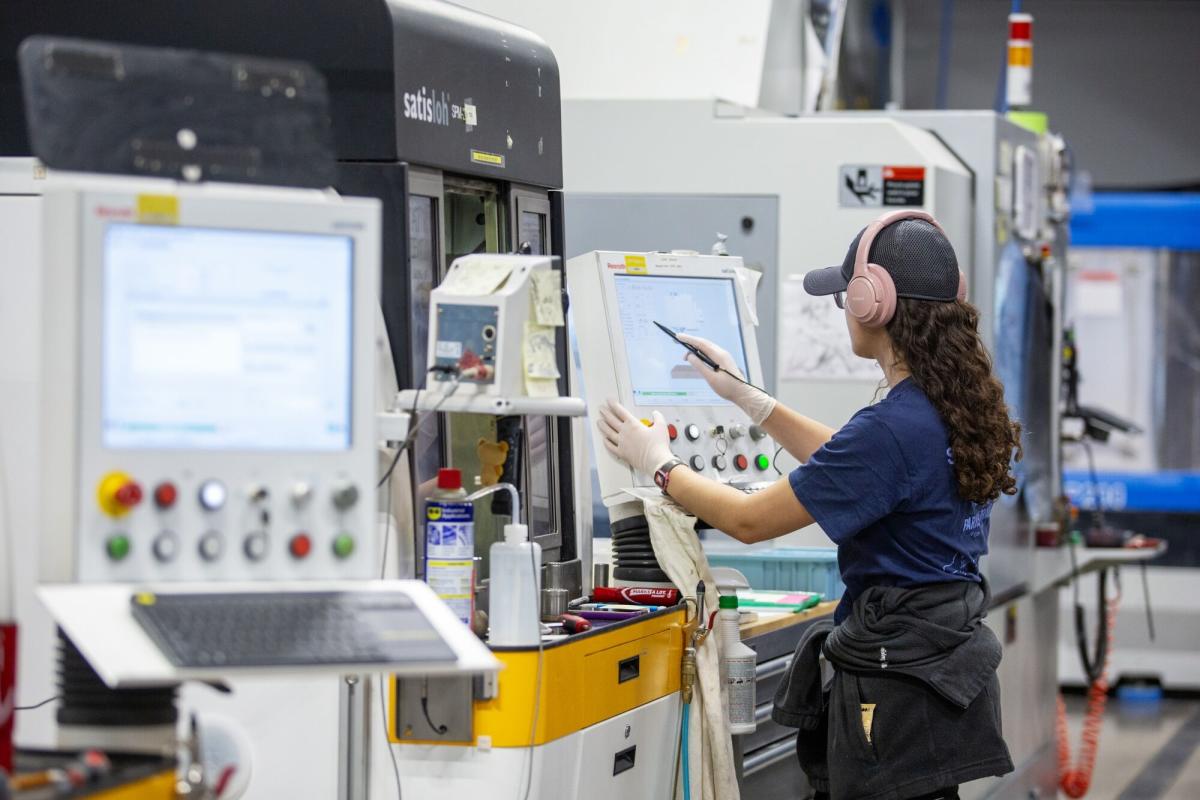Jobs
Jobs surge to reignite Fed debate over how restrictive rates are

(Bloomberg) — Friday’s eye-popping jobs number is likely to energize a debate already dividing Federal Reserve officials over whether their policy setting is slowing the economy as much as they had predicted.
Most Read from Bloomberg
Employers added 272,000 new jobs in May, exceeding all estimates in a Bloomberg survey. On top of that, average hourly earnings over the past 12 months ticked up after three straight declines that had begun to reassure the central bank.
While the figures likely won’t change expectations that the Fed will continue to hold interest rates at a two-decade high when policymakers meet next week, it’ll fuel a discussion that officials have been pondering for months — with some saying another rate hike can’t be ruled out.
Those numbers are “reopening the door a little bit wider on the debate over whether or not policy is indeed as restrictive as the Fed thinks it is,” BlackRock Inc.’s Jeffrey Rosenberg said on Bloomberg Television.

Treasuries sold off and the dollar strengthened as traders trimmed bets on how much the Fed will cut rates this year.
At the heart of the debate is the somewhat arcane concept of the neutral rate — the level at which policy would neither stimulate nor restrain the economy. To fight inflation, the Fed has aimed to raise rates well north of neutral.
But if the Fed’s estimate of neutral is too low, the policy rate — even at nearly 5.5% — isn’t doing as much work as officials thought. That would at least force policymakers to rethink how long it will take to bring inflation back to their 2% target. It might even make them consider whether additional rate increases might be necessary.
To EY Chief Economist Gregory Daco, the Fed and financial markets would benefit if that prompts policymakers to think more about a forward-looking strategy for quelling inflation, rather than reacting to each backward-looking data point.
“Policymakers are going to be talking more about the level of restrictiveness of monetary policy, and that would be a healthy debate,” he said.
Given the lag with which rates moves gain traction in the real economy, policymakers were slow to take up the neutral rate debate, but it burst into the public in recent weeks with various officials staking out positions on either side.
Dallas Fed President Lorie Logan and the Atlanta chief Raphael Bostic have made it clear they think the neutral rate may have shifted upward during the pandemic. John Williams, who leads the New York Fed, as well as Governor Christopher Waller have argued the other way.
Ironically, the flurry of Fed comments on the topic came just as a spate of data suggested the economy’s surprising strength was beginning to wane. In April, consumer spending unexpectedly fell as shoppers showed more sensitivity to prices. Hiring also cooled and a measure of underlying inflation eased for the first time in six months.
But the strong May employment figures, with hiring robust across many sectors, puts the neutral debate right back on the table as Fed officials prepare for a June 11-12 policy meeting in Washington.
“Everyone is rethinking that dynamic” on what is the long-term neutral rate,” Bostic told reporters on May 21 in comments that likely remain accurate. “The jury is still out. We are going to dig into this as we get deeper into this year.”
—With assistance from Steve Matthews.
Most Read from Bloomberg Businessweek
©2024 Bloomberg L.P.







:max_bytes(150000):strip_icc()/roundup-writereditor-loved-deals-tout-f5de51f85de145b2b1eb99cdb7b6cb84.jpg)


